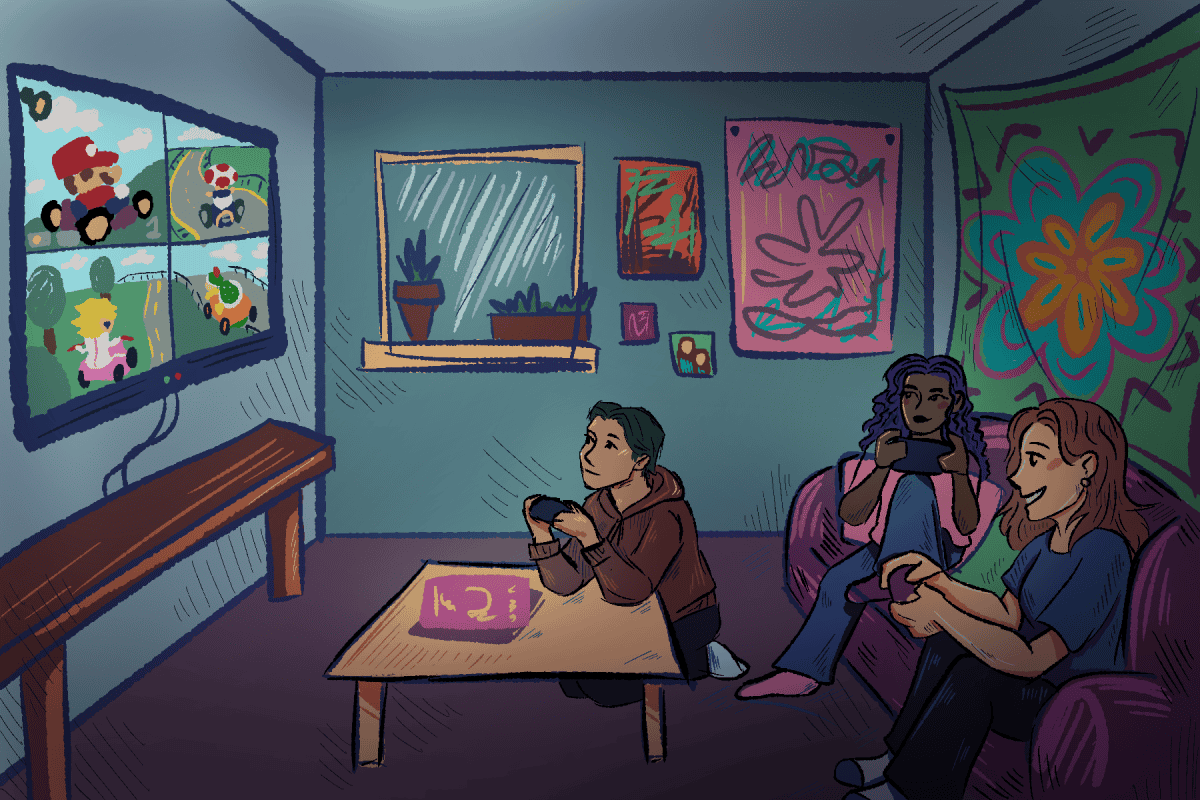After two and a half years of waiting, the American studies department will display the traveling Smithsonian exhibit, “Bittersweet Harvest: The Bracero Program 1942-1964” in Gorgas Library.
The Bracero Program was a guest worker program sanctioned by the U.S. government to address labor shortages across the country after World War II. Mexican nationals were given farming jobs and exploited for more than 20 years for cheap wages under harsh working conditions. The Bittersweet Harvest exhibit aims to humanize the workers by telling their stories.
The Bittersweet Harvest exhibit began at Brown University when Matthew Garcia was asked to identify a series of photographs that ended up being bracero workers. Garcia, along with a number of colleagues, began traveling across the country interviewing bracero workers that have since settled in the United States. Garcia is the professor of transborder studies and history at Arizona State University.
“I put together a team of undergraduate and graduate students at Brown and together we went to California and collected probably a couple hundred interviews and eventually we collected over 700 interviews in several states and that became a foundation for the online archive and the exhibit, Bittersweet Harvest,” Garcia said.
The exhibit has been in circulation across the United States for three years.
Michael Innis-Jiménez, who specializes in Latino immigration and teaches Latino courses in the American Studies department, helped head the efforts to bring the Bittersweet Harvest exhibit to The University of Alabama. Tuscaloosa and Kennesaw, Ga., are the only two cities in the southeast to show the exhibit.
“There’s a lot of talk today about starting a guest worker program for low wage field workers primarily and if that’s going to happen in the U.S. then there needs to be a lot of thinking about how it’s going to work because there were a lot of problems with this program,” Innis-Jiménez said. “This exhibit shows the bracero program from the eyes of the workers and what it was like for them.”
Innis-Jiménez said this exhibit can help students better understand the immigration debate.
“[The misconception is] that it’s a huge problem,” he said. “The total immigrant population in Alabama is 4 percent. It happens every time there’s a large number of unemployment, the first people to get blamed is the newest immigrants. … That’s where people are frustrated will vent. Students here are just hearing the negative and get negative perceptions and a lot of them misconceptions that the only way they can be changed is by personalizing it.”
Mario Sifuentez, assistant professor of history at University of California-Merced and one of the graduate students who helped to collect Bracero interviews with Garcia, will be speaking Monday at 6 p.m. on “History, Public Memory, and Creating the Bracero Archive” in Gorgas Room 205.
“In Alabama there is a heated debate about immigration and I’m excited to see the response and how people are reacting to it,” Sifuentez said. “Hopefully I can bring some expertise to talk about a very emotional debate and bring some historical context to it.”
Sifuentez was able to interview his grandfather, a former bracero, before his grandfather passed away.
“Some of the [immigration] solutions that are being proposed today have been attempted, and in my opinion have failed miserably, and we need to understand what happened in the past so we can figure out how to deal with immigration and the challenges of immigration today,” Sifuentez said.
The exhibit will debut Monday and will be open to the public until the beginning of April.
Leading in today’s Crimson White:
Exam week will end at 2:30 p.m. Friday beginning fall 2013






